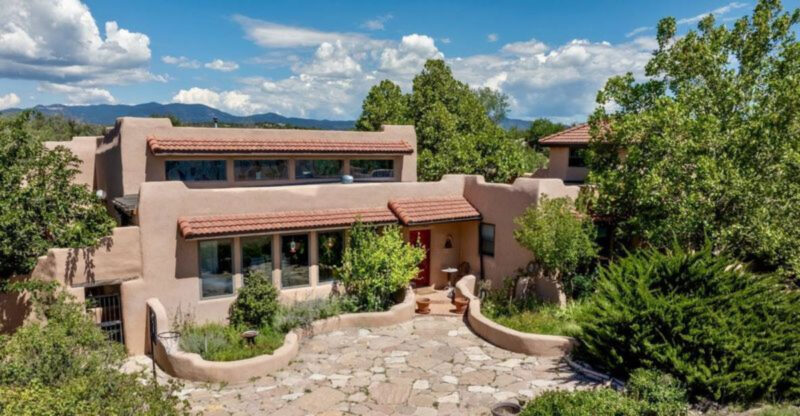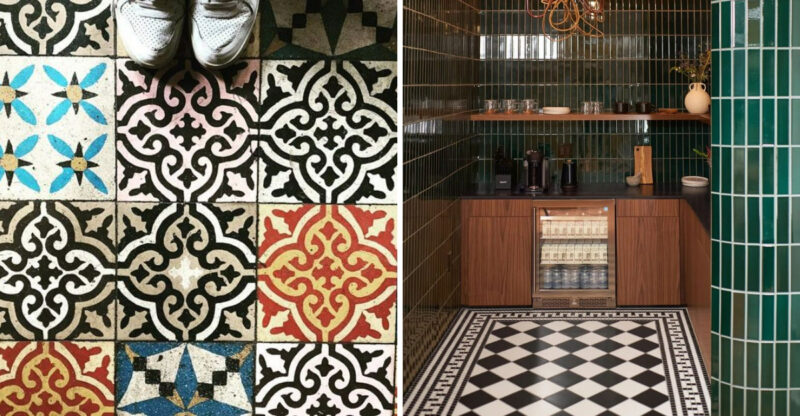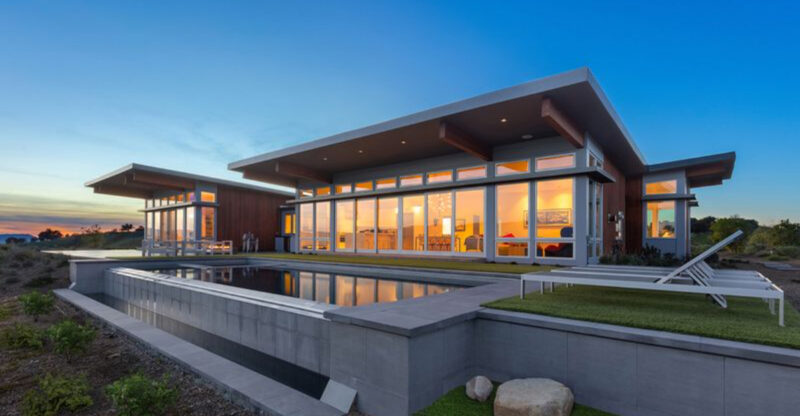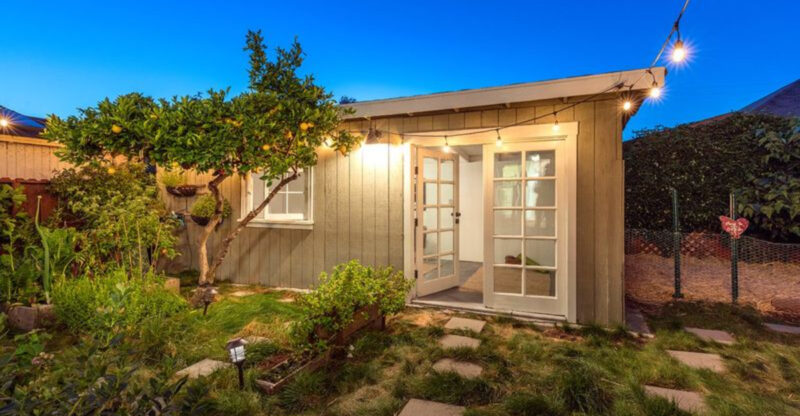I’ve Watched Illinois Architecture Evolve And These 17 Styles Could Disappear By 2030
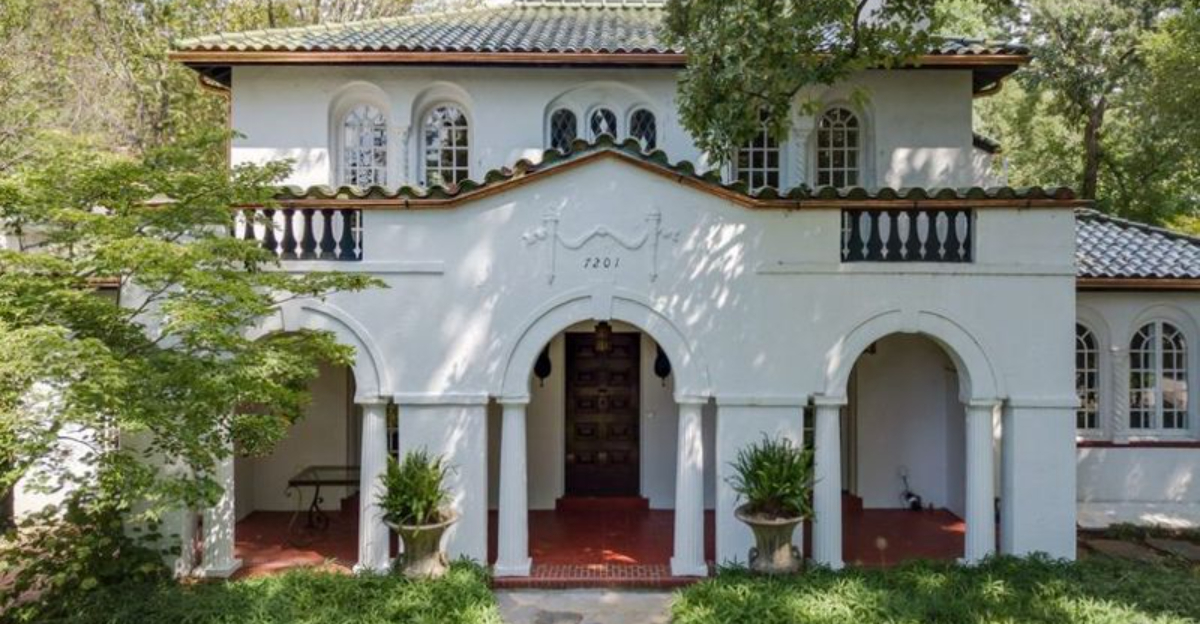
Having spent decades exploring the architectural treasures across Illinois, I’ve witnessed firsthand how building styles reflect our changing society.
Many historic designs that once defined our neighborhoods are now threatened by development, neglect, and changing tastes.
As we approach 2030, these architectural gems face an uncertain future unless preservation efforts increase dramatically.
1. Prairie School
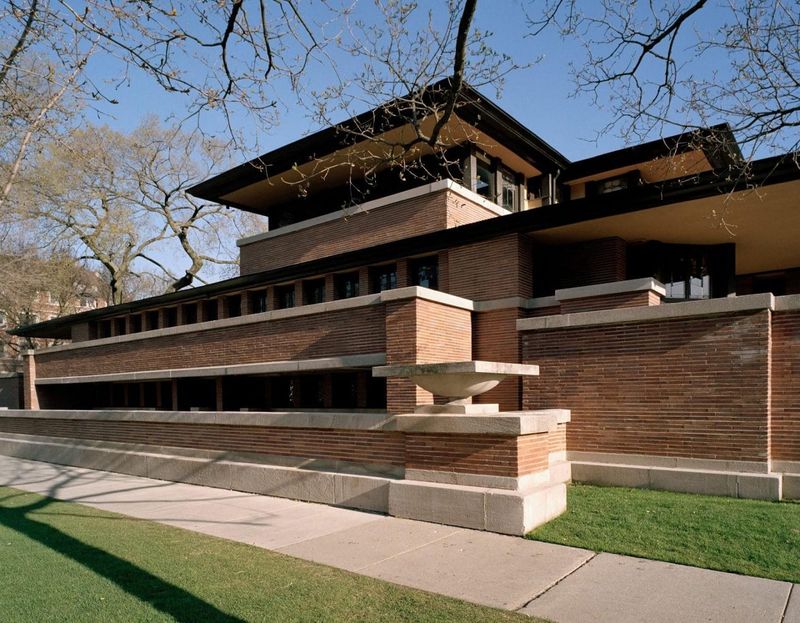
Frank Lloyd Wright’s revolutionary style transformed Illinois landscapes in the early 1900s. These horizontal wonders with their overhanging eaves and open floor plans brought nature indoors in ways never before imagined.
Today, many Prairie homes suffer from expensive maintenance issues. Their distinctive art glass windows are targets for thieves, and the custom furniture designed specifically for these spaces has often been separated from the buildings.
I’ve watched developers purchase these architectural masterpieces only to gut interiors for modern conveniences. Without stronger preservation laws and dedicated homeowners willing to maintain original details, these organic architectural poems could vanish from our neighborhoods.
2. Mid-Century Modern
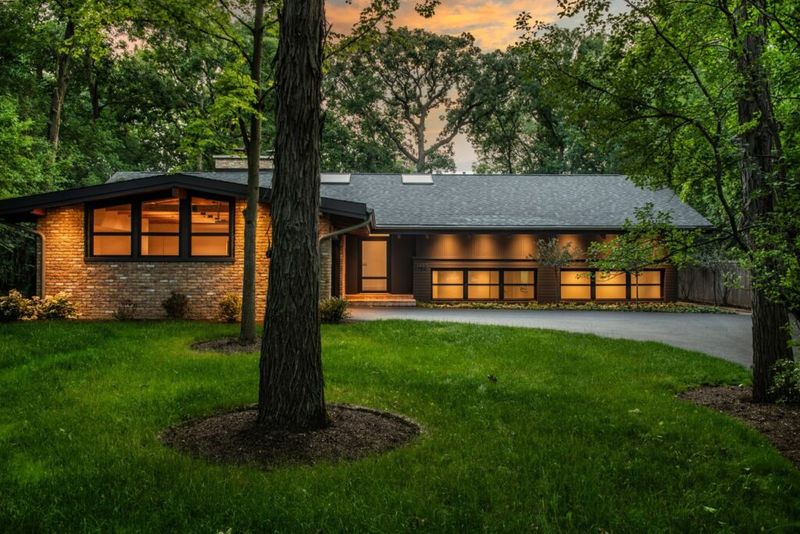
Glass walls, flat planes, and integration with nature defined these post-war marvels that once represented American optimism. My childhood neighborhood was filled with these architectural statements of progress and technological advancement.
Developers now view these homes as teardown opportunities on valuable lots. Their single-pane windows and minimal insulation make them energy inefficient by today’s standards, while open carports fail to accommodate multiple-vehicle families. Many homebuyers mistake their clean lines for outdated simplicity rather than appreciating their revolutionary design principles.
Without education about their historical significance, these atomic-age treasures may soon be demolished for McMansions with none of their thoughtful proportions or connection to the landscape.
3. Chicago Bungalow
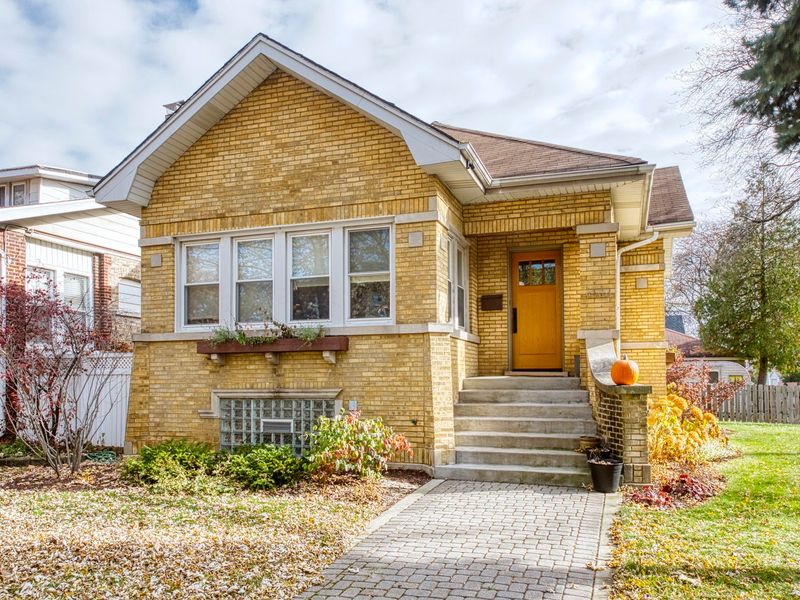
Walking through Chicago’s neighborhoods, you’ll spot these brick beauties with their distinctive front-facing gables and art glass windows. Built primarily between 1910-1940, these homes housed working-class families in affordable yet dignified spaces.
Recent years have seen many bungalows fall victim to second-story additions that destroy their proportions and architectural integrity. The craftsmanship of their built-in cabinets and leaded glass is often ripped out during insensitive renovations.
My grandmother’s bungalow retained its original woodwork until a flipper purchased it in 2018. Though the Chicago Bungalow Association fights to preserve these homes, rising property values incentivize modifications that compromise their historic character and could lead to their extinction as authentic examples.
4. Italianate Villas
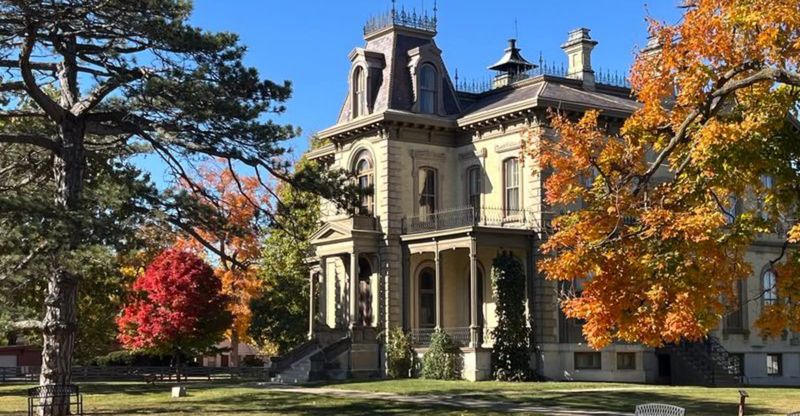
Decorative brackets under wide eaves and tall, narrow windows topped with elaborate hoods make these 19th-century gems instantly recognizable. After moving to Illinois in my twenties, I fell in love with these romantic structures that dot small towns throughout the state.
Maintenance challenges plague these aging beauties. Their ornate wooden details require constant upkeep against harsh Midwestern weather, while original windows leak heat in winter. Commercial Italianate buildings face even greater threats as downtown areas struggle economically.
I’ve watched several magnificent examples demolished for parking lots or replaced with characterless commercial structures. Their elaborate cornices and cupolas – once symbols of prosperity – now represent expensive restoration challenges beyond what many communities can afford, potentially leading to their disappearance.
5. Queen Anne Victorians
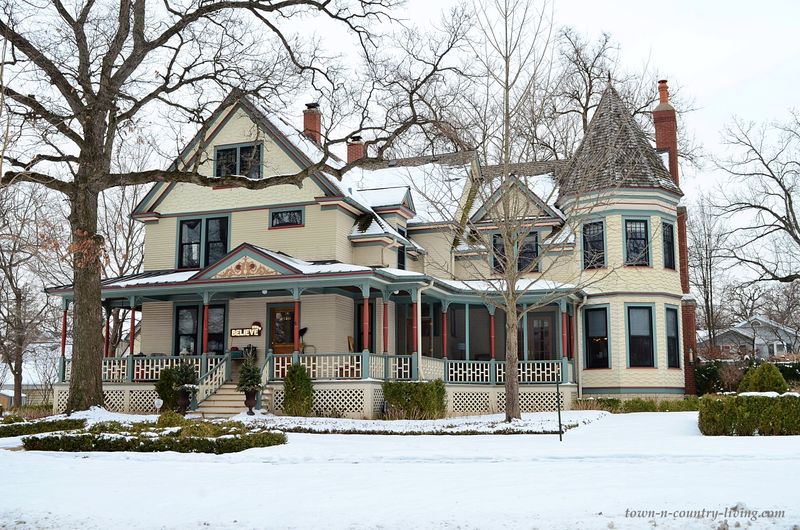
Towers, turrets, and wraparound porches make these fanciful homes the quintessential Victorian style. My fascination with these architectural confections began when I photographed a particularly spectacular example in Galena with fish-scale shingles and gingerbread trim.
Heating these massive structures has become prohibitively expensive. Their complex rooflines require specialized maintenance few contractors can provide, while lead paint remediation adds another layer of renovation challenges. Young families often lack the resources to maintain these grand dames properly. When divided into apartments, their interiors suffer irreparable damage.
Though organizations like Landmarks Illinois identify endangered examples annually, many Queen Annes face demolition by neglect as maintenance costs outpace property values in struggling communities where these magnificent structures often stand.
6. Arts & Crafts Cottages
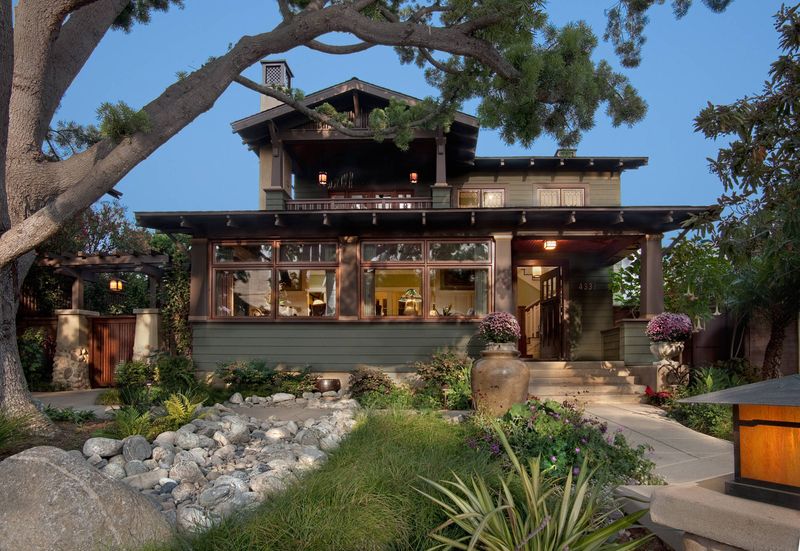
Hand-crafted details and natural materials define these cozy homes that rejected mass production. While exploring Oak Park years ago, I discovered a hidden enclave of these modest masterpieces tucked away on a tree-lined street.
Smaller room sizes and limited storage make these cottages challenging for modern families. Their distinctive clinker brick exteriors and decorative woodwork require specialized restoration techniques increasingly difficult to source. Development pressure threatens many Arts & Crafts neighborhoods as their typically smaller footprints occupy valuable land.
I’ve witnessed several demolished to make way for larger homes with none of their craftsmanship or character. Unless homeowners continue valuing quality over quantity, these thoughtfully designed cottages might disappear from Illinois streetscapes, taking with them a philosophy of honest materials and intentional living.
7. Tudor Revival Homes
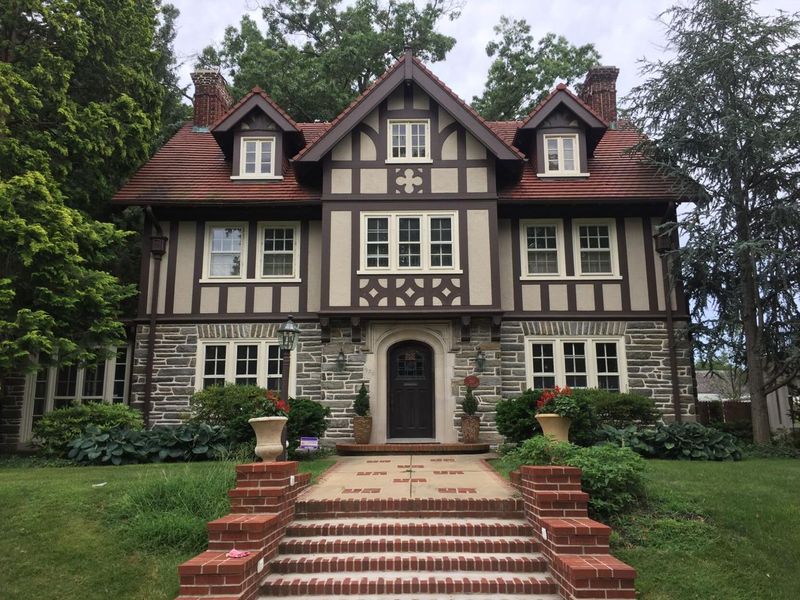
Steeply pitched roofs and decorative half-timbering transport you straight to medieval England. During my architectural tours through Chicago’s North Shore suburbs, these romantic structures always draw gasps of appreciation from participants.
Their leaded glass windows and slate roofs present expensive restoration challenges. The specialized stucco techniques used between their decorative timbers require craftspeople with increasingly rare skills. Homeowners often struggle to configure modern furniture in their irregularly shaped rooms with low, beamed ceilings.
Though these picturesque homes once represented the height of suburban sophistication, their fairy-tale charm increasingly competes with demands for open concept living and energy efficiency. Without homeowners willing to embrace their quirky character and historical significance, these storybook structures may become increasingly rare in Illinois neighborhoods.
8. Craftsman Bungalows
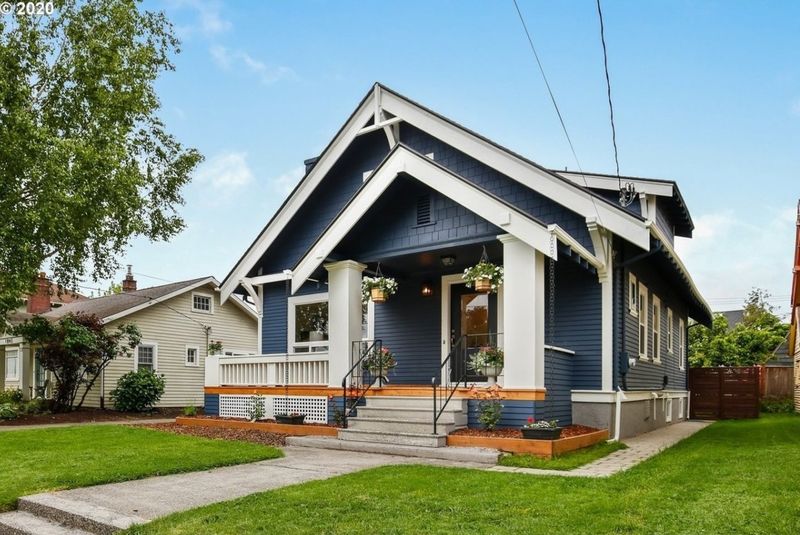
Low-pitched roofs with wide eaves and exposed rafters showcase the honest construction philosophy behind these homes. My first apartment was in a converted Craftsman, where I fell in love with the built-in bookcases flanking the brick fireplace. Their typically modest size makes them targets for second-story additions that destroy their proportions.
Original wood siding is often covered with vinyl for maintenance reasons, hiding the textural details that give these homes their character. Developers frequently view their generous lots as opportunities for larger replacement homes. I’ve documented several Craftsman neighborhoods where demolitions have accelerated in recent years.
Despite their quality construction and thoughtful design, these unpretentious homes may gradually disappear from Illinois communities unless their architectural significance receives greater recognition and protection from inappropriate alterations.
9. Streamline Moderne
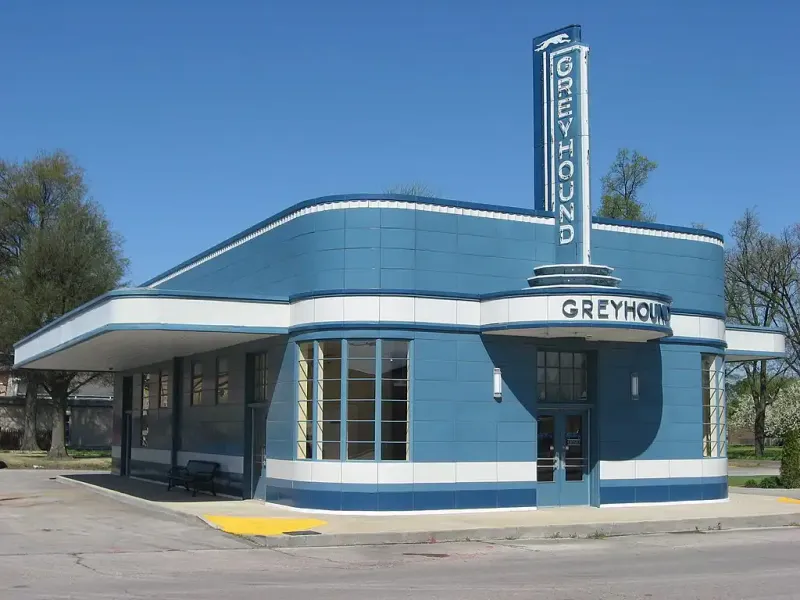
Curved corners, glass block windows, and horizontal speedlines make these buildings feel perpetually in motion. After discovering a perfectly preserved Streamline gas station in Springfield during a road trip, I became obsessed with documenting these Art Deco relatives throughout Illinois.
Commercial examples face particular danger as their specialized materials deteriorate. Their often-unusual footprints make adaptive reuse challenging, while their sleek exteriors require custom solutions rather than off-the-shelf replacement parts. Many people mistake their minimalist aesthetic for architectural insignificance.
I’ve watched several extraordinary examples demolished without public outcry. As fewer people recognize these buildings’ connection to America’s machine-age optimism and transportation revolution, these streamlined structures may vanish from our landscape, taking with them an important chapter in our architectural evolution.
10. Beaux‑Arts Mansions
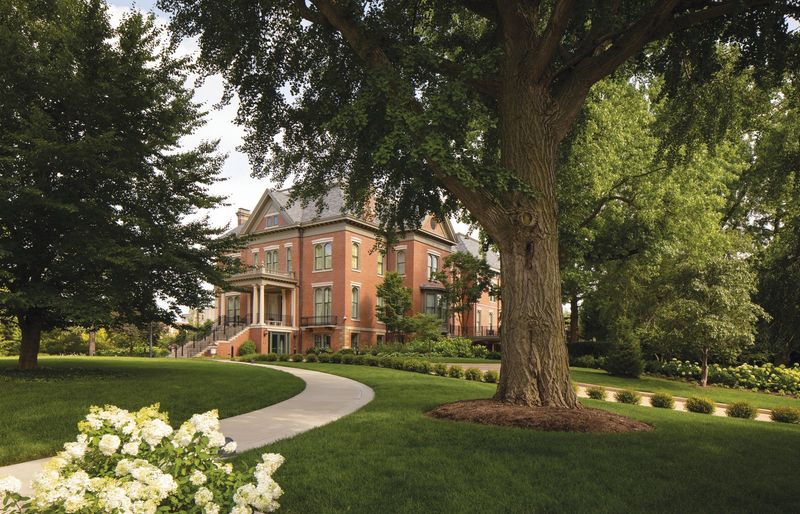
Symmetrical facades with columns, balustrades, and elaborate sculptural decoration define these monumental homes. Visiting a Beaux-Arts mansion in Lake Forest as a teenager sparked my lifelong passion for historic architecture. Maintaining these palatial residences requires extraordinary resources.
Their formal room arrangements and servants’ quarters no longer match contemporary living patterns, making them challenging to adapt without compromising their character. Property taxes on these massive structures have become prohibitive in many communities. I’ve documented several cases where subdivision into apartments damaged original features irreparably.
Though organizations like the Historic House Trust work to preserve examples through conversion to museums or event venues, many Beaux-Arts mansions face uncertain futures as maintenance costs escalate and family fortunes change, potentially removing these gilded age masterpieces from Illinois forever.
11. Colonial Revival Houses
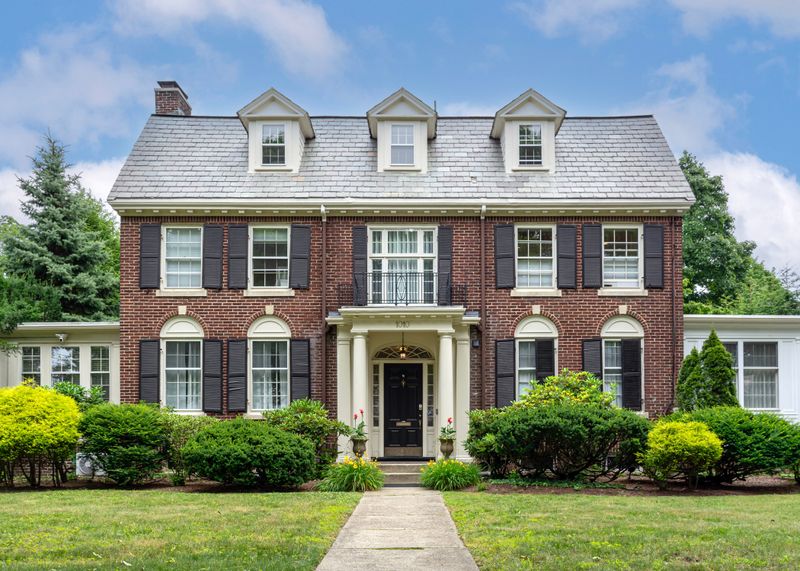
Symmetrical facades with center entrances topped by pediments evoke America’s early architectural heritage. Growing up near a historic district filled with these dignified homes, I admired their balanced proportions and classical detailing.
Many Colonial Revivals now suffer from vinyl siding that obscures their architectural details. Their formal floor plans with separate dining rooms conflict with today’s preference for open-concept living, leading to interior walls being removed during renovations. Historic window replacements often ignore the original multi-pane configurations that give these homes their character.
Though less flashy than some architectural styles, these solid homes represent an important connection to our national identity. Without greater appreciation for their subtle elegance and historical significance, authentic Colonial Revival houses could gradually disappear from Illinois communities through incremental modifications that erode their distinctive characteristics.
12. Federal‑Style Townhomes
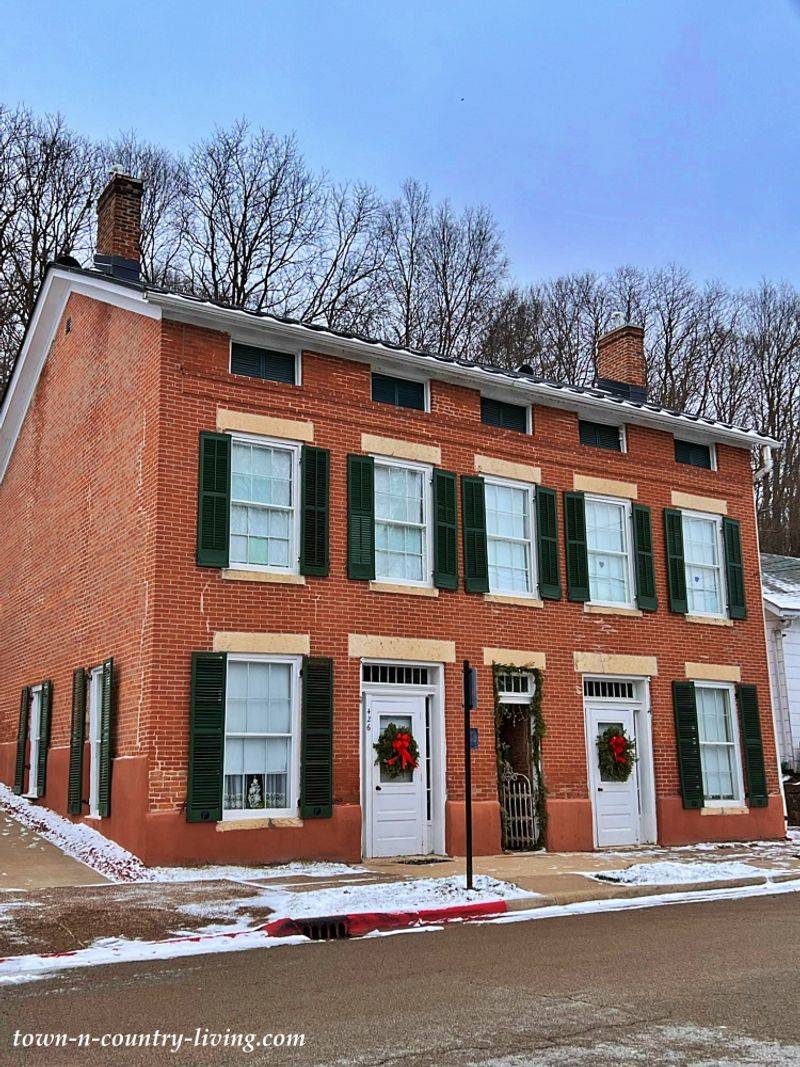
Delicate fan lights above doors and slender columns reflect early American interpretations of classical design. While researching my book on Illinois architecture, I discovered several remarkable examples in Galena that survived virtually unchanged since the 1830s.
These narrow urban dwellings often lack modern amenities like attached garages and walk-in closets. Their typically small kitchens and bathrooms require creative solutions to meet contemporary expectations. Many Federal townhomes occupy valuable downtown real estate, making them targets for redevelopment.
I’ve photographed several historic districts where these elegant structures face encroachment from incompatible modern buildings. Though their simple elegance once represented the height of architectural sophistication, these refined buildings may gradually disappear from Illinois cities unless their historical significance receives greater recognition and protection through strengthened preservation ordinances.
13. Spanish Mission Revival
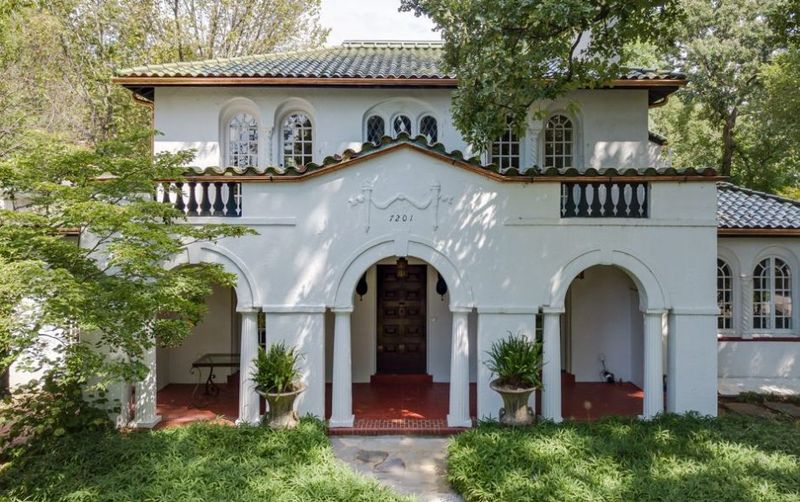
Red tile roofs and stucco walls with arched doorways bring Mediterranean flair to Illinois neighborhoods. My first encounter with this romantic style was a 1920s movie theater in Rockford whose exotic facade transported me to another time and place.
Harsh Midwestern winters are particularly hard on these structures designed for warmer climates. Their specialized roofing materials and decorative elements require craftspeople with specific knowledge that’s becoming increasingly rare. Many homeowners misunderstand these buildings’ historical significance, viewing them as outdated rather than as examples of America’s fascination with Spanish colonial heritage.
I’ve documented several commercial examples demolished for generic replacements. Without greater appreciation for their cultural connections and architectural distinctiveness, these evocative structures might gradually vanish from Illinois communities, taking with them an important chapter in our architectural experimentation.
14. Neoclassical Estates
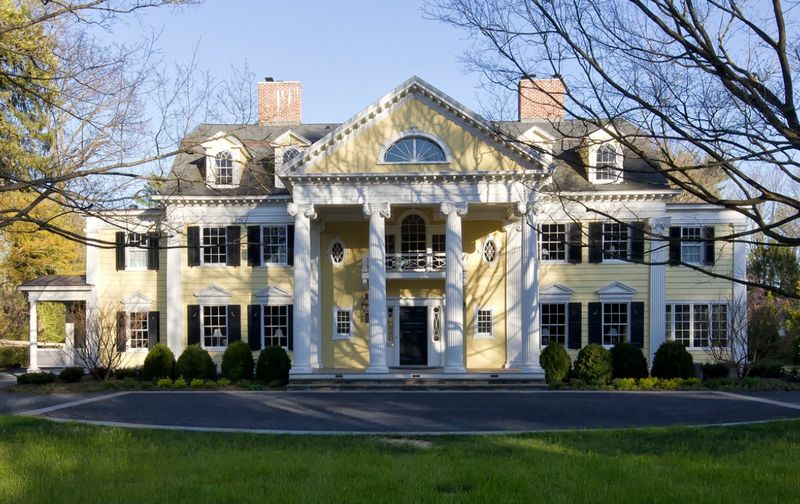
Imposing columns supporting pediments create temple-like facades that project permanence and authority. Last summer, I toured a magnificent example in Wheaton whose grand proportions and classical details left me speechless. Heating these massive structures has become increasingly expensive.
Their formal rooms designed for entertaining with household staff rarely match contemporary family lifestyles. Institutional examples face particular challenges as organizations downsize or relocate. I’ve watched several magnificent bank buildings and government structures sit vacant for years while maintenance issues compound.
Though these buildings once symbolized civic pride and institutional stability, changing economic realities and maintenance challenges threaten their survival. Without adaptive reuse strategies that respect their architectural significance, these monumental structures may gradually disappear from Illinois communities.
15. Rustic Log Cabins
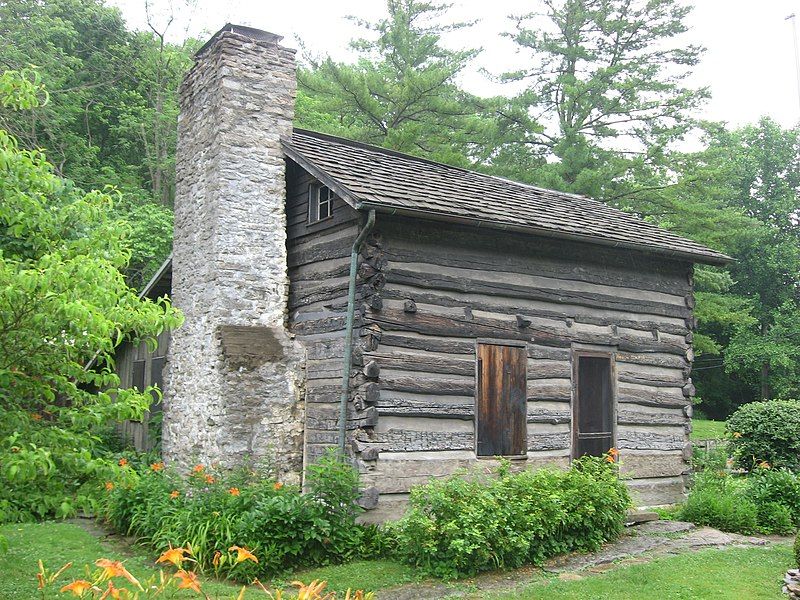
Hand-hewn logs with dovetailed corners connect us to Illinois’ frontier past. During a camping trip to Starved Rock State Park, I stumbled upon a perfectly preserved example that helped me understand how early settlers adapted to their environment. Few authentic examples remain as most have succumbed to weather, insects, and fire over the centuries.
Those that survive often suffer from well-intentioned but historically inaccurate renovations that compromise their authenticity. Modern building codes make constructing true replacements nearly impossible. I’ve documented several pioneer-era cabins in deteriorating condition without preservation plans in place.
Though not as flashy as high-style architecture, these humble structures represent an important chapter in our settlement history. Without dedicated preservation efforts focused specifically on vernacular buildings, these tangible connections to our frontier heritage may disappear entirely from the Illinois landscape.
16. Gothic Revival Churches
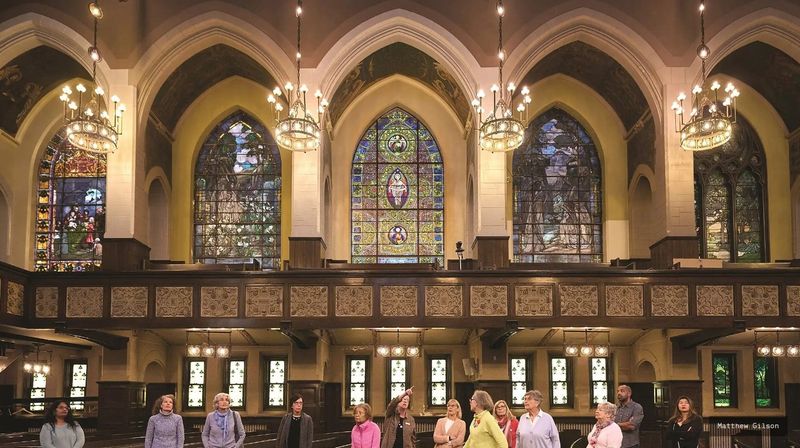
Soaring spires and pointed arches reaching heavenward define these spiritual landmarks across Illinois communities. My grandmother first introduced me to architectural appreciation through visits to her magnificent limestone church in Joliet with its kaleidoscope of stained glass.
Declining congregation sizes have left many religious buildings without adequate maintenance funds. Their specialized materials and craftsmanship require expertise that becomes more expensive and difficult to source each year. Changing demographics have left some neighborhoods with more churches than current populations can support.
I’ve photographed several magnificent examples sitting vacant or repurposed in ways that compromise their architectural integrity. Though these sacred spaces once anchored communities both spiritually and visually, their future remains uncertain as religious participation patterns change and maintenance challenges mount, potentially removing these vertical masterpieces from Illinois skylines.
17. Rusticated Romanesque structures
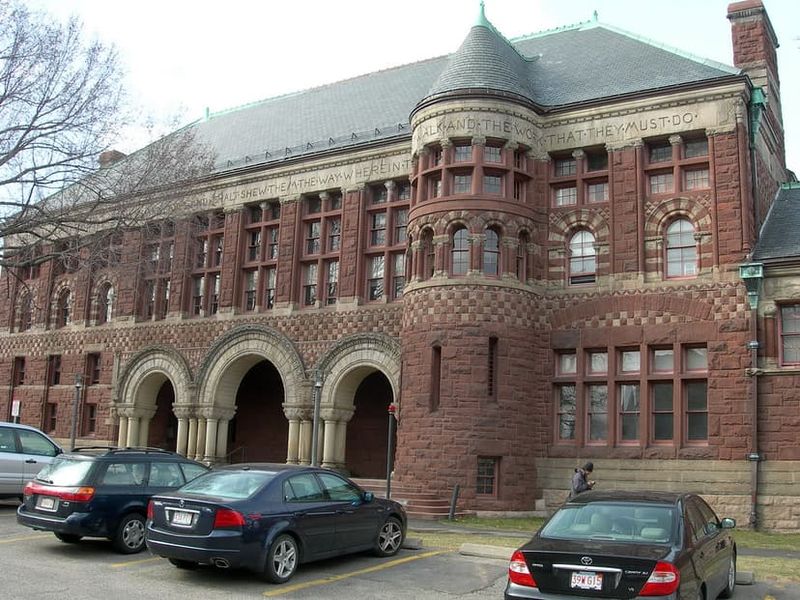
Rough-faced stone and round arches create a sense of permanence and solidity in these massive buildings. After discovering H.H. Richardson’s influence on Illinois architecture during a college course, I began seeking out these muscular structures throughout the state. Adapting these buildings to new uses presents significant challenges.
Their thick walls and deep-set windows create interior spaces that can be difficult to reconfigure for contemporary needs. Many commercial examples occupy downtown blocks now targeted for redevelopment. I’ve witnessed several magnificent courthouse squares lose their Romanesque anchors to insensitive modernization.
Though these substantial structures were built to last centuries, economic pressures and changing space requirements threaten their survival. Without greater appreciation for their historical significance and creative approaches to adaptive reuse, these powerful expressions of American confidence may gradually disappear from Illinois communities.

